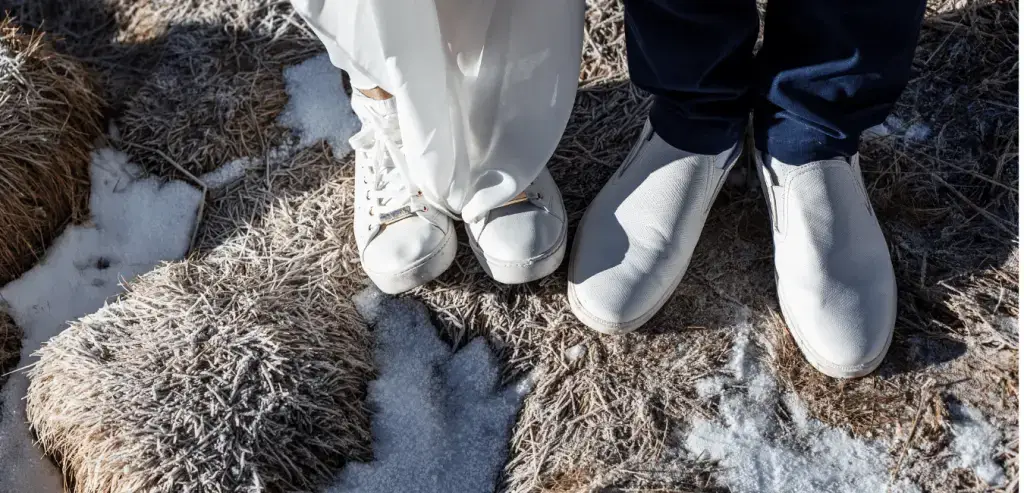“You don’t have to see the whole staircase,
just take the first step”
Martin Luther King
How to Stand Up and Step Out
‘Lockdown’ has a significant effect on people, both physically and mentally. Inevitably, activity levels are reduced, which has an effect on every aspect of your well-being.
The most common problems for your feet and ankles during periods of ‘Lockdown’ are
- 1. Tightness in the calf
- 2. Heel pain
- 3. Ankle sprain
- 4. Ankle stiffness
- 5. Trauma
Tight Calf
Lockdown rules dictate that if you can, you should work from home. This means that you will take significantly fewer steps. Typically people who had travelled to and from work could do around 20,000 steps in a single day. Working from home means this can be as low as 600 – 1000 steps!
Lack of regular exercise means your soft tissues will have become stiff and tight. It is important to stretch before and after exercising. Your Achilles tendon and calf muscle become tight and sore.
It is important to strech your calf muscles regularly, especially first thing in the morning.
Make sure you take regular breaks and plan to get outside for a walk or run at least once a day.
Heel Hell
The sole of the foot can also become tight. The band that creates the ‘Spring in your Step’ is called the plantar fascia. As you walk less, this can become particularly tight and result in a buring, intense pain in the sole of the heel.
The reduced activity also increases the likelihood of putting on a few extra pounds, which will not help. Simple exercises to stretch the plantar fascia can prevent this deep-seated ‘tooth-ache’ type pain, which can really get you down, mentally.
Twisting or Rolling your ankle
At this time of year, we also have to contend with changing weather conditions, which can include, rain, frost, snow and ice. This makes conditions underfoot challenging. There is an increased change that you can twist or roll your ankle.
One of the most common injuries to be seen in Accident and Emergency Departments, is a sprained ankle. Signs that you have done some damage to the ligaments are:-
swelling around the ankle
pain usually on the outside of the ankle
bruising, usually on the outside of the ankle and can track down to the little toe
Rest, ice and elevation should help most ankle sprains to settle down
Signs that you may have done more significant damage and so should seek urgent medical attention are:
unable to weight bear
disproportionate pain
don’t trust your ankle, or ankle gives way
Stiffness in the foot and ankle
One of the common side effects of reduced activity is that joints become stiff and sore.
Stiffness which is worse first thing in the morning, or at the end of the day, can be a sign of wear and tear of the joint – arthritis. Just like hip and knee arthritis, this type of pain can really slow you down. However, most people that get foot or ankle arthritis, tend to be younger. This is because most foot and ankle arthritis is caused by a previous trauma.
Total Ankle Replacements are very good a relieving pain, and maintaining mobility for ‘end-stage’ arthritis. There are a number of other treatments and procedures that can help, and/or delay the progression of early degeneration to end-stage arthritis.
“Break a leg”
Unfortuately, the combination of being less active and wintery conditions, means an increase in the number of people you sustain break or injury to their foot or ankle.
The most common injuries are:
ankle fracture
base of 5th metatarsal fracture
breaking you heal bone (calcaneal fracture)
Achilles tendon rupture
lateral ligament injury
If you think you may have sustained any of these injuries it is important to get urgent medical advice.
